How to buy a robot vacuum cleaner
Because nothing says living in the future like a robot cleaning your home
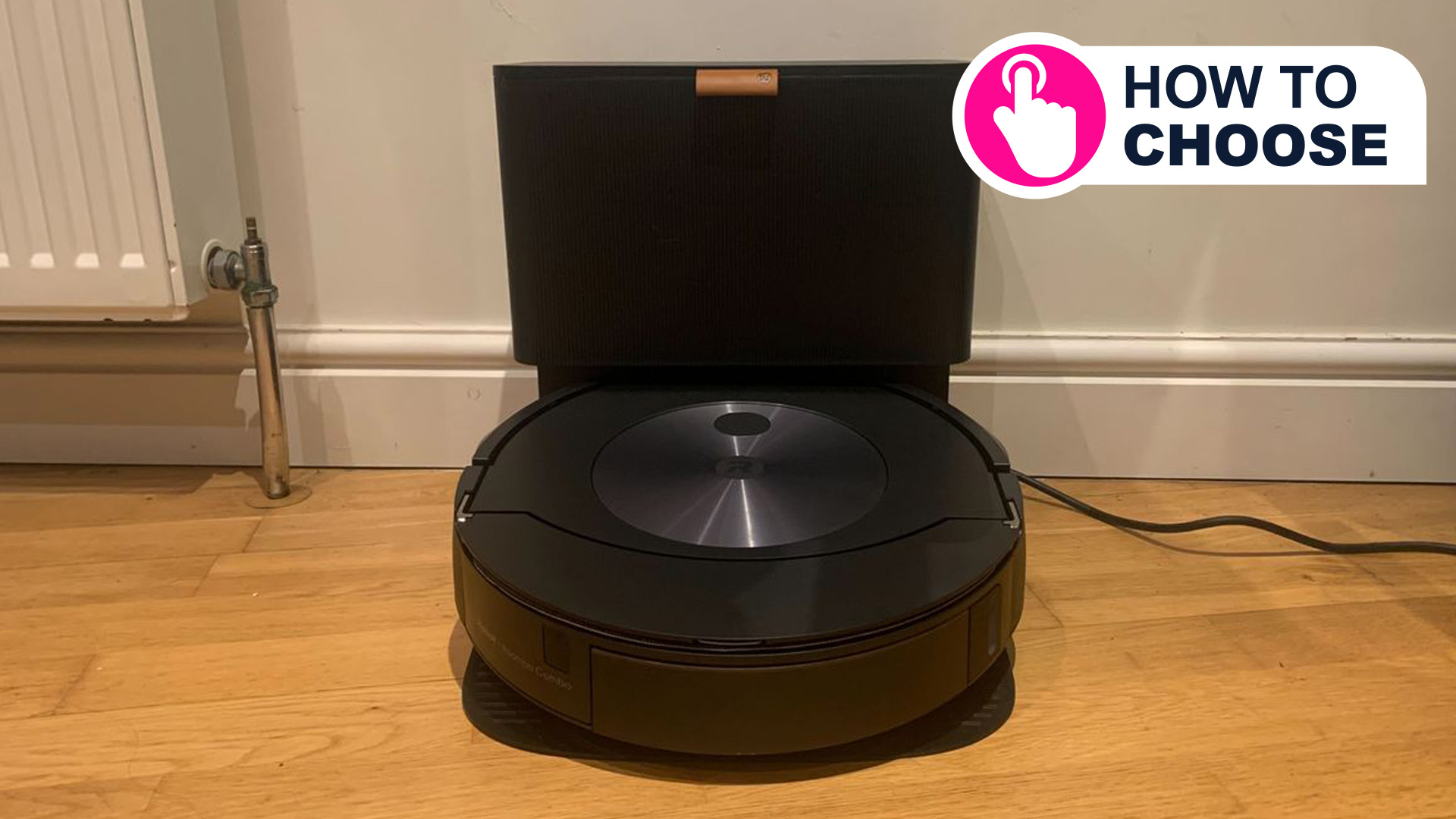
This is part of a regular series of articles designed to guide you through the process of buying a particular device or type of product. Read them all here.
We’re big fans of smart home gadgets here at TechRadar, especially when they’re robots that can do household chores for us. Robot vacuum cleaners have been around for a while now – 20 years, in the case of iRobot’s Roomba range – and in that time, the best robot vacuums have become smarter, more powerful, and more useful.
They no longer simply suck up dust by clumsily making their way around your home, bashing into walls, and terrorizing the dog (although they still do that a bit). Today, the smartest robotic vacuums can create digital maps of every room, respond to voice commands, clean dirtier areas more thoroughly, mop hard floors, and even empty themselves – giving them more functionality than the best vacuum cleaners in the traditional form factor.
Prices vary significantly between the simplest models (which tend to drive about somewhat randomly, bumping into stuff until they’ve finished) and the smartest. Pricier vacuums feature Wi-Fi, so you can connect to them via a smartphone app and control them remotely, set daily or weekly cleaning schedules, check their status, and even ask them to start cleaning by speaking to a voice assistant such as Alexa.
The room-mapping feature of some flagship vacuums means they know which room is which. That way, you can ask your vacuum to only clean the kitchen, for example, and it will make its way to that room, clean up, then head back to its charging dock.
Many robotic vacuums also come with intelligent obstacle avoidance technology, preventing them from knocking over pet water bowls or, worse, running over pet waste. In fact, iRobot offers a Pet Owner Official Promise (yes, that’s POOP) and will replace your vacuum if it fails to avoid anything left behind by your dog or cat.
Manufacturers don’t tend to update their robotic vacuums all that often, so it’s the kind of purchase you’ll want to thoroughly research, knowing it will have to last you a few years before a worthy successor comes along. That might be enough to convince you to splash out on a flagship model, but that range-topping vacuum with every conceivable feature may be overkill for your needs. Keep reading, and let us help you work out which vacuum is best for your needs and budget.
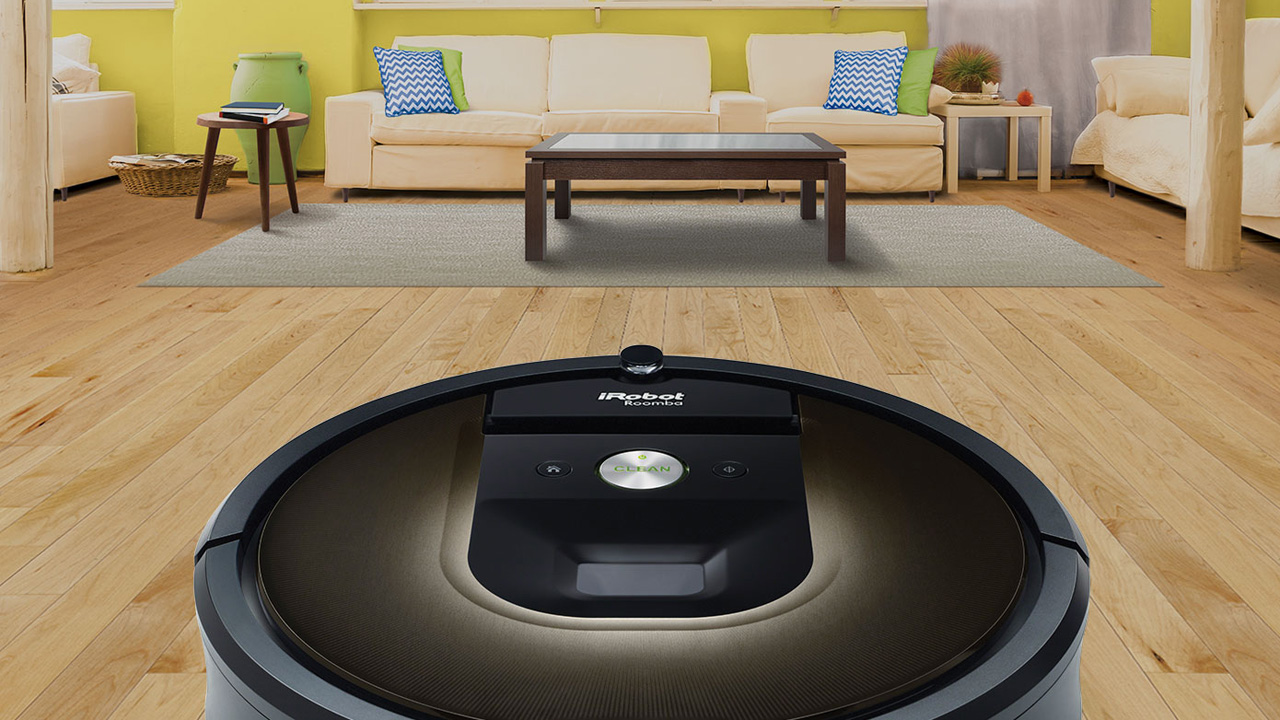
What to look for
You might think all robotic vacuums work in a similar way, especially since they all look pretty much the same. However, this isn't the case. They're broadly the same size and shape, but their disc-shaped bodies hide several key differences.
Get daily insight, inspiration and deals in your inbox
Sign up for breaking news, reviews, opinion, top tech deals, and more.
There’s the suction power, of course, but also Boost or Turbo modes for dealing with thick-pile carpets, the size of the robot’s dust bin, and its battery life. These are all factors buyers of regular cordless vacuum cleaners will be familiar with. You should also check to see if the robot has a spinning brush on its outer edge; this is used to flick dust and dirt away from walls and into the vacuum’s path, ready to be sucked up.
Next, you’ll want to look at connectivity options and smart home compatibility. Cheaper robot vacuums don’t have any connectivity whatsoever and simply navigate around until they've finished a clean or their battery needs charging. They're usually controlled via physical buttons on their top or using a simple remote control.
Pricier vacuums have Wi-Fi. This lets them connect to a smartphone app, so you can set them to cleaning, create a schedule, and check their status (such as battery life and how full the bin is). Wi-Fi connectivity also means you can control the vacuum remotely, and opens the door to smart home compatibility.
Some robotic vacuums work with Alexa and Google Assistant. This lets you ask your smart speaker to clean the floors or create an automatic system where the robot will spring into action after you head out for the day, ensuring you have clean floors when you return.
If you’re working with a larger budget, you could pick up a robotic vacuum that doubles as a floor mop. iRobot’s Roomba range includes the new Combo J9 Plus, which has a water tank it uses to mop the floor once it's finished sucking up dust. Upon returning to the included docking station, the J9 Plus charges its battery, refills its water tank, and empties its dust bin.
What specs do you need?
Manufacturers of robotic vacuums don’t tend to talk much about the suction power of their machines. They like to focus on the battery life and dust bin size, along with features such as Wi-Fi connectivity, obstacle avoidance, smart home connectivity, how intelligent the robot is, and whether it can mop or empty its own bin when finished.
You shouldn’t feel too pressured to splash out on the smartest and most expensive robot unless you really need it. Some can create a digital map of your home, giving you the option to ask the robot to clean only a certain room. That might be useful, but we suspect most buyers will be happy with a robot that plods around the entire floor each time it gets to work. Similarly, smarter robots will create an optimal cleaning route, while others simply drive around until the job is done.
A key feature to consider (and one that adds substantial cost) is self-emptying. All robotic vacuum cleaners come with a charging dock, which they return to when they’ve completed a clean and/or need to charge their battery. Some take this a step further and have a dock where they can empty the dust bin and refill their water tank for the mopping function.
These docks take up a lot of space and are often quite loud when they suck everything out of the robot’s bin. Great if you have the budget and space – since they only need emptying every few weeks – but not a necessity for everyone. Other robots need the dust bin swapped out for a water tank when switching from vacuum to mopping mode.
Wi-Fi connectivity lets you remotely control the machine via a smartphone and create a weekly cleaning schedule. Scheduling is handy if you want the robot to clean up while you’re out at work, but some users will be perfectly happy pressing a button and letting the vacuum do its thing without programming a timetable.
Smarter robots tend to feature a greater number of sensors for plotting their way around your home – and, crucially, for avoiding objects such as pet food bowls and table legs. Some Roomba models also have the aforementioned pet mess avoidance system, which is vital if your furry friends have a habit of leaving unwanted presents on the kitchen floor.
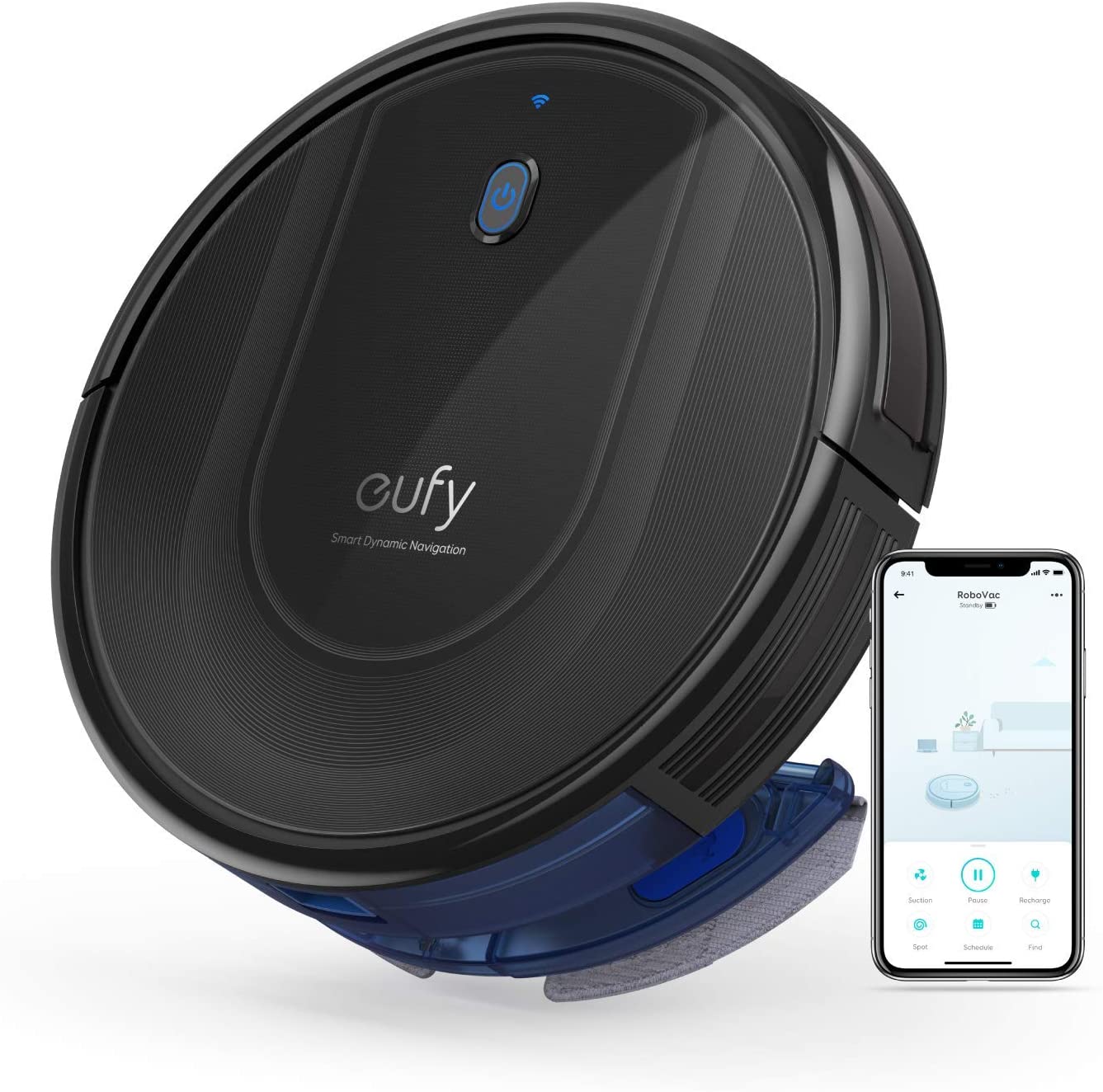
Lastly, there's one thing no robotic vacuum can do: navigate stairs. They all tend to have 'cliff detection', where sensors on the underside spot when the robot has reached a steep drop like the top of a staircase and will clean up to the edge without going too far over.
Since they can’t climb staircases, they can only clean one floor of your home at a time. That's great for single-story apartments but, if you have a multi-story home, you’ll need to spend a small fortune on multiple robotic vacuums, move one around yourself, or use a conventional vacuum for the other floor.
This might sound obvious, but it’s worth remembering that robotic vacuums are primarily convenience devices that take a little-and-often approach to cleaning. You’ll potentially still need to use a manual vacuum or mop every so often, even if it’s just to clean the stairs.
Should you wait for deals?
Robotic vacuums aren’t on the same highly predictable annual launch cycle as smartphones, so it's not as easy to work out when prices for older models might fall. That said, it's always worth waiting for big annual sales events, such as Black Friday in November and Amazon’s various Prime Day promotions. Household appliances tend to be discounted quite generously during these events.
The rate of development among robotic vacuums has begun to slow in recent years, so there’s less need to buy the newest model. These are generally tough, dependable products that should last a few years, so you needn’t fixate on buying the latest and greatest – unless you have a suitably large budget. Just because the model you want is a few years old, doesn’t mean you should avoid it, and since it’s a bit older, it's more likely to be discounted by retailers.
We always recommend shopping around and waiting for the right deal to emerge, even if a major sales event isn’t expected anytime soon. But if no deal arrives, the slow update cycle of robotic vacuums means you can go ahead and make your purchase safe in the knowledge that the robot shouldn’t feel outdated for a good few years.
Our top picks
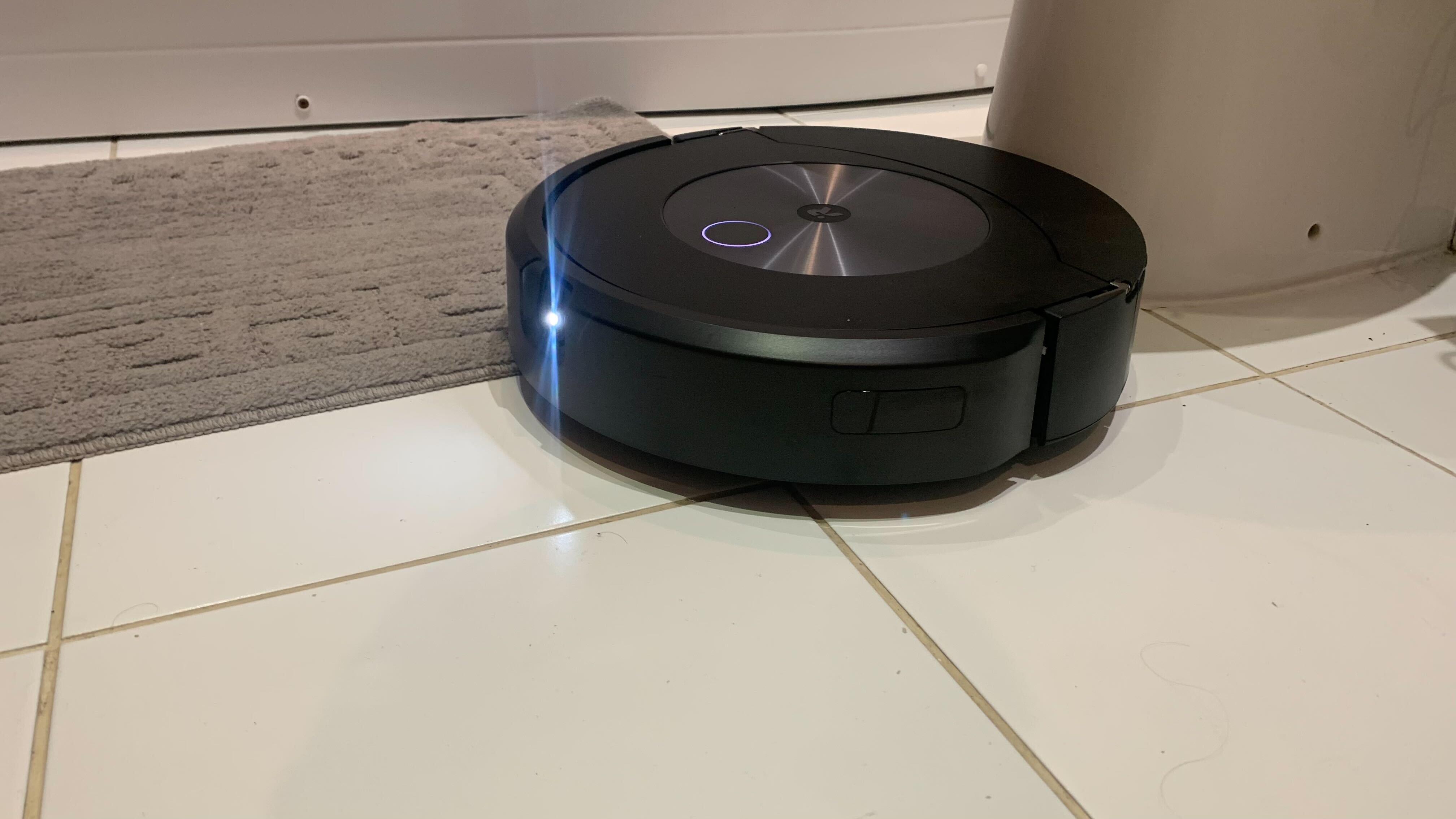
Specifications
Reasons to buy
Reasons to avoid
This do-everything robot is the vacuum and mop of our dreams, with accurate room mapping and great ease of use. When we reviewed the flagship of the Roomba range, we praised its smart design, intelligent programming, and how the mopping pad lifts up and out of the way when not in use, removing the risk of soggy carpets.
The vacuum uses AI to detect dirt and objects (including pets and their mess) and navigates its way around them without collision. Being a Plus model, this vacuum comes with a charging dock that includes a bin for the robot’s self-emptying function. The Roomba returns home, charges, and empties itself after each clean, slowly filling the 57oz / 1.7-liter bag of the base station. It’s very convenient, but the emptying process is quite noisy, and you’ll have to factor in the cost of buying replacement bags for the bin.
Instead of manual controls, this robot automatically detects how much dirt is ahead of it and adjusts its suction power accordingly. It will also drive over dirtier areas multiple times before resuming its planned route.
We were super impressed with the Roomba’s mopping function, which gave our hard floors a great shine and no streaky mess. That said, this process is entirely manual, in that you need to replace and clean the mop pads yourself and refill the robot’s water reservoir.
Read our full iRobot Roomba Combo J7 plus review
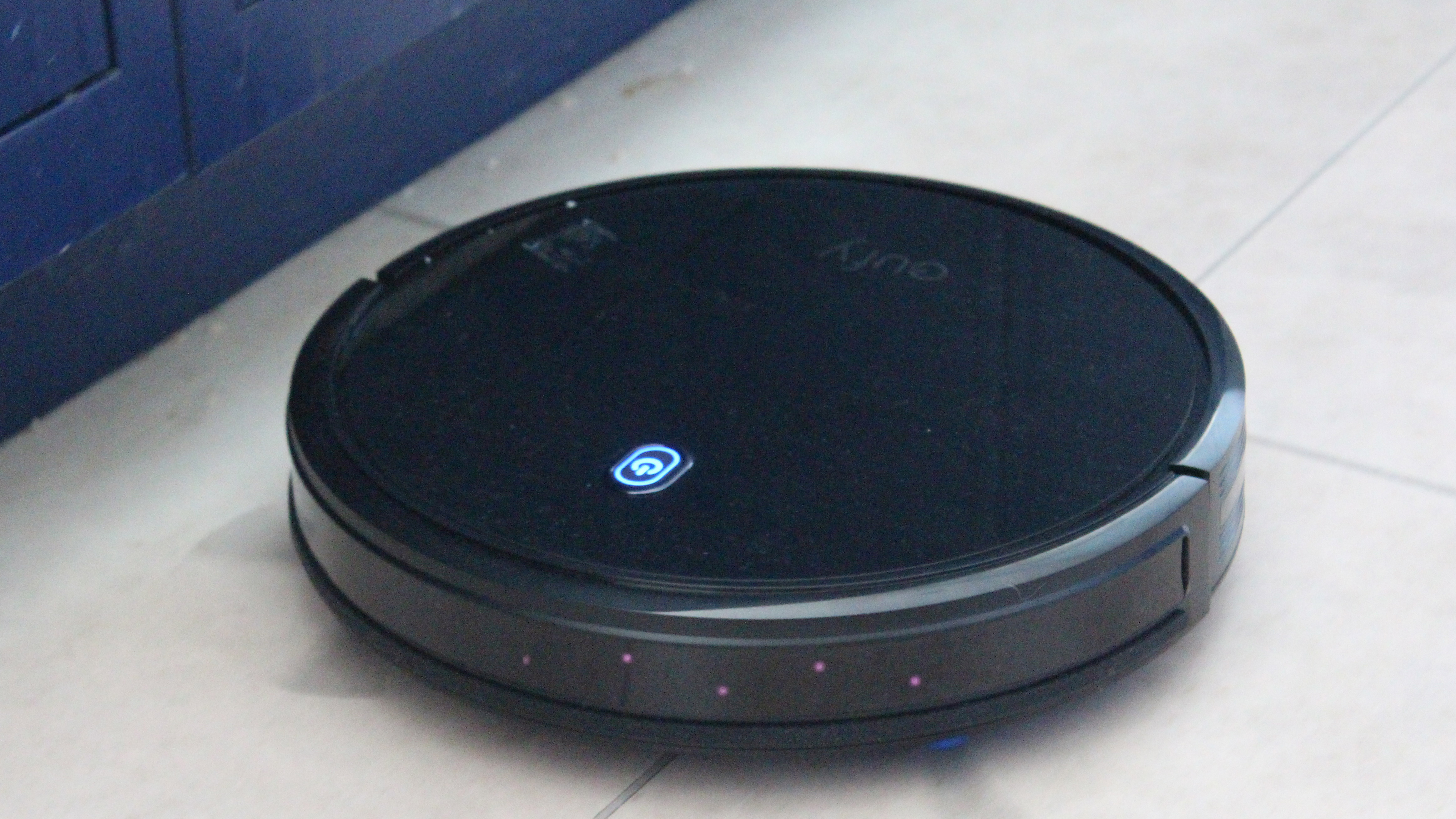
Specifications
Reasons to buy
Reasons to avoid
If you like to keep things simple (and affordable), we highly recommend the Eufy RoboVac 11S, thanks to its ease of use and low price. Rather than try to impress with a mountain of features, the Eufy strips back the concept of a robotic vacuum to its very basics.
There's no Wi-Fi connectivity, no phone app, no mop, and no voice control. Instead, you simply press the power button and it gets to work, collecting fine dust and larger debris alike. But rather than being basic simply to keep costs down, we found the Eufy’s simplicity is a result of thoughtful design and an excellent balance of functionality.
An included remote control lets you pick between spot, overall, and perimeter cleaning, each with three power levels. This all makes the robot simple to operate while still delivering good results, especially on hard floors. Battery life is about 50 minutes when in its most powerful setting, so it isn’t best suited to larger homes. But as far as affordable, sub-$220 / £190 / AU$230 robot vacuums go, this is our favorite.
We’re big fans of the RoboVac 11S's simplicity, but wish it at least issued warnings for when the battery is low and the dust bin is full. More detailed scheduling options would also have been welcome, but at least there’s the ability to program the vacuum to clean at the same time each day.
Read our full Eufy RoboVac 11s review
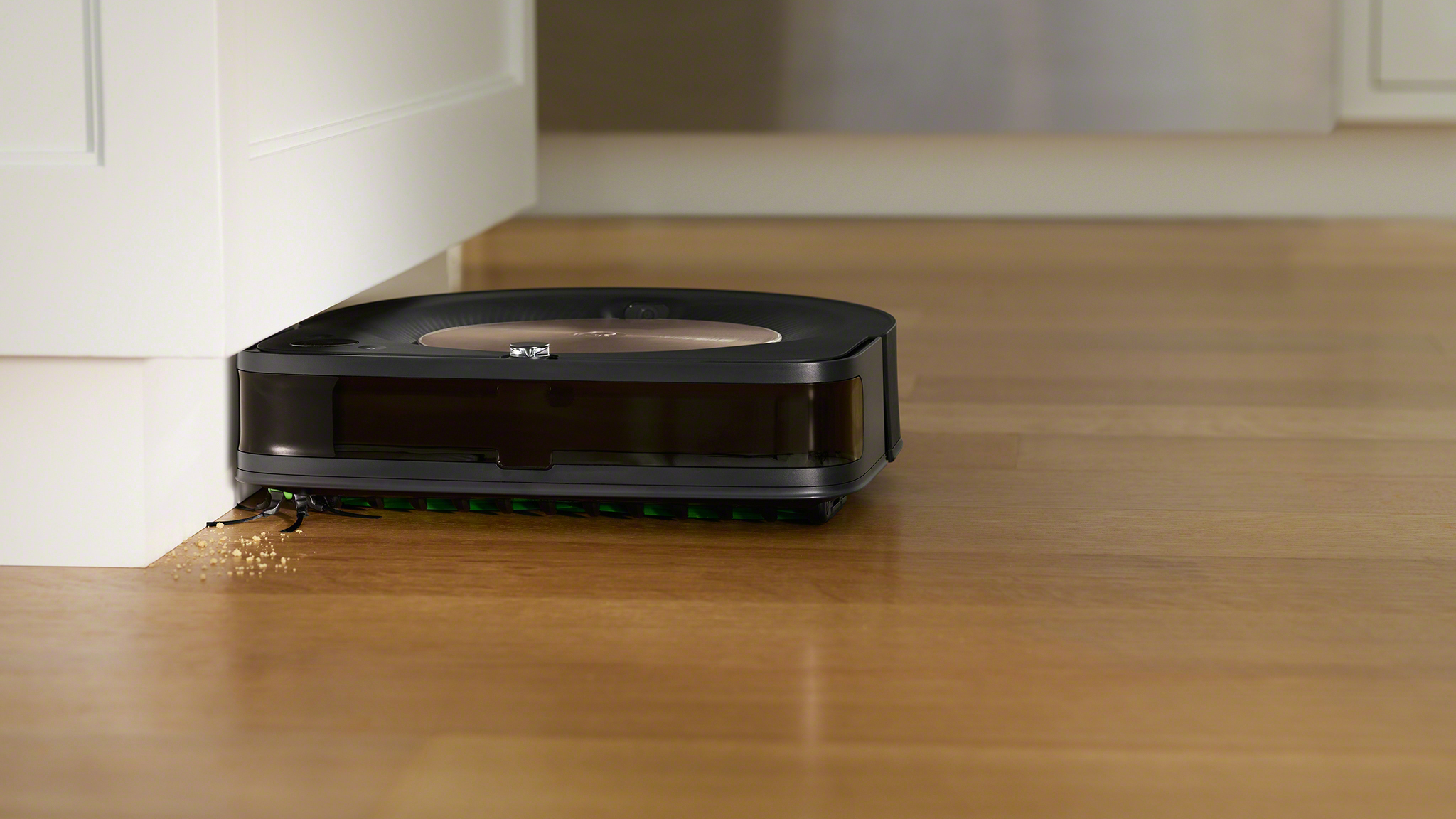
Specifications
Reasons to buy
Reasons to avoid
The S9 Plus is another highlight from the Roomba range. We love this robotic vacuum and, during our review, were particularly impressed by its accurate room-mapping system, ease of use, and efficient corner cleaning. And while this model certainly isn’t cheap, at around $1,000 / £1,500 / AU$2,900, those plus points are shared across more affordable Roomba models, too.
This is another vacuum that empties itself: the charging dock is home to a 14.9oz / 440ml bag that should hold about 30 cleans worth of dust and dirt. Set the robot to clean daily, and you might only have to empty the bag inside the charge station every month or so.
The vacuum’s advanced floor-mapping technology means it knows where it's been and the areas that still need cleaning. This makes for efficient route planning around your home, reducing the runtime of each clean. To do this, the Roomba collects over 230,000 data points every second to create a digital map of your rooms. Setting this up proved a bit of a chore, but it’s done only once – the vacuum operates quickly and efficiently with every subsequent clean.
One final trick is how the S9 Plus can communicate with iRobot’s standalone robotic mop, the Braava Jet M6. The two work together to vacuum and then mop the floor without any user input.
Read our full iRobot Roomba S9 Plus review
Alistair Charlton is based in London and has worked as a freelance technology and automotive journalist for over a decade. A lifelong tech enthusiast, Alistair has written extensively about dash cams and robotic vacuum cleaners for TechRadar, among other products. As well as TechRadar, he also writes for Wired, T3, Forbes, The Independent, Digital Camera World and Grand Designs Magazine, among others.
